A line of credit and credit card might sound interchangeable – but while both give you access to funds with a credit limit, credit cards are best used for everyday purchases and earning rewards. In contrast, lines of credit are ideal for large purchases that you can’t pay off in one or two billing cycles.
The products also differ when it comes to application requirements, interest charges, and the perks and benefits (or lack thereof) you can enjoy.
Key Takeaways
- Both lines of credit and credit cards are types of revolving credit.
- Both products only require you to pay back what has been borrowed, though interest rates tend to differ.
- Credit cards are best for use at point-of-sale transactions and lines of credit are ideal for consolidating debt or big expenses, like home renovations.
Never miss an amazing deal again + get our bonus 250+ page eBook for FREE. Join 50,000 other Canadians who receive our weekly newsletter – learn more.
Line of credit vs. credit card
Before we dive into the specifics of each credit product, here’s a quick overview of the key features:
| Line of credit | Credit card | |
|---|---|---|
| Interest rates | * Typically lower than for a credit card, but varies by person | * Rates are generally fixed at around 20% |
| Types | * Secured * Unsecured | * Regular * Secured |
| How to use | * Withdraw cash from an ATM * Pay bills with online banking * Transfer funds to other accounts | * Pay in-store or online * Withdraw cash from an ATM |
| Minimum to pay back | * Interest accrued | * Flat rate (often $10), percentage of your balance (often 3%), or both – plus any accrued interest |
| Rewards | * None | * Varies by card * Some cards offer cash back or points you can use for travel, statement credits, etc. |
| Insurance | * None | * Varies by card * May include mobile device coverage, travel insurance, purchase insurance, etc. |
| Pros | * Ideal for consolidating debt * Typically offers higher credit limit, especially with a home equity line of credit * Interest rates tend to be well below average credit card rates | * Easy to make everyday purchases * Interest rates rarely change * Balance transfer credit cards offer lower interest rates for paying down debt |
| Cons | * Interest rates can change over time (up or down) * May have origination or monthly fees * Banks can cancel your line of credit at any time * Typically more difficult to be approved for than a credit card | * Interest rates average around 20% * Easy to rack up debt quickly if you don’t pay your balance in full each month * Late fees and interest can snowball if you miss payments |
How does a line of credit work?
A line of credit is a loan that allows you to access money on demand. You’ll have to qualify and apply for the loan. Once approved, you’ll be assigned a credit limit and can borrow as much or as little of it as you want.
There are two main types of lines of credit: unsecured and secured.
- Unsecured lines of credit don’t rely on anything for collateral. These are personal lines of credit that you apply for, and the issuer considers your finances before approving you for a specific amount and assigning an interest rate.
- Secured lines of credit are attached to collateral – something valuable that you put down as proof you will repay the debt. The most common are home equity lines of credit (HELOCs), which are available to homeowners with at least 20% to 35% equity in their homes. Remember, though, that if you fail to repay your loan, you could lose your home.
Once you’ve agreed to the lender’s terms and opened the credit line, you can access the money by:
- Withdrawing cash from an ATM
- Writing a cheque
- Paying bills or transferring money through online banking
You can use the money for anything, but be aware that as soon as you start taking money from your line of credit, you'll have to start paying it back. How you repay the line of credit depends on your loan terms. Sometimes, you’ll only be required to pay the interest and then make a large (balloon) payment once the term ends. Other times, you’ll be put on a fixed payment schedule. You can make additional payments to the principal whenever you like.
When should you use a line of credit vs. a credit card?
We’ve already mentioned how these two products are similar, but their differences can help you decide when to use them.
A line of credit is usually a better choice for big purchases that you know you can’t pay off within one or two statement cycles. Lines of credit usually have much lower interest rates than credit cards, so you’ll pay less in interest over the course of the loan.
A line of credit is also a handy way to consolidate debt. Let’s say you’ve got a few credit cards with high balances. You could open a line of credit and use the funds to pay off those individual debts. Now, you have a single payment at a much lower interest rate, allowing you to pay your debt faster.
A credit card is a better option for everyday purchases. These are the expenses that you’ll pay back regularly, such as groceries and gas. Many credit cards offer rewards on your purchases, so you might also enjoy cash back or points, plus perks like insurance coverage, lounge access, roadside assistance, concierge service, and more.
FAQ
Is a line of credit or a credit card better?
One isn’t better than the other since they each have unique benefits. A credit card is easier to use and can be more flexible in repayment, while a line of credit usually has a lower interest rate, making it a better option if you know you’ll need time to repay the debt.
Is a line of credit a good idea?
A line of credit can be a good idea if you’re planning on making a big purchase that you know you’ll need time to pay off. Lines of credit tend to have much lower interest rates than credit cards, so more of your payment will go towards the loan rather than interest charges.
What are the disadvantages of a line of credit?
Unlike credit cards, lines of credit often have variable interest rates and some have monthly maintenance fees. If you struggle to make your monthly payments, your credit score could take a hit. Plus, if you took out a home equity line of credit and are behind on payments, your home could be repossessed.
Does a line of credit hurt your credit score?
Applying for credit can temporarily ding your credit score, but if you use your line of credit responsibly and repay it promptly, you could also see a boost to your score.
creditcardGenius is the only tool that compares 126+ features of 231 Canadian credit cards using math-based ratings and rankings that respond to your needs, instantly. Take our quiz and see which of Canada's 231 cards is for you.



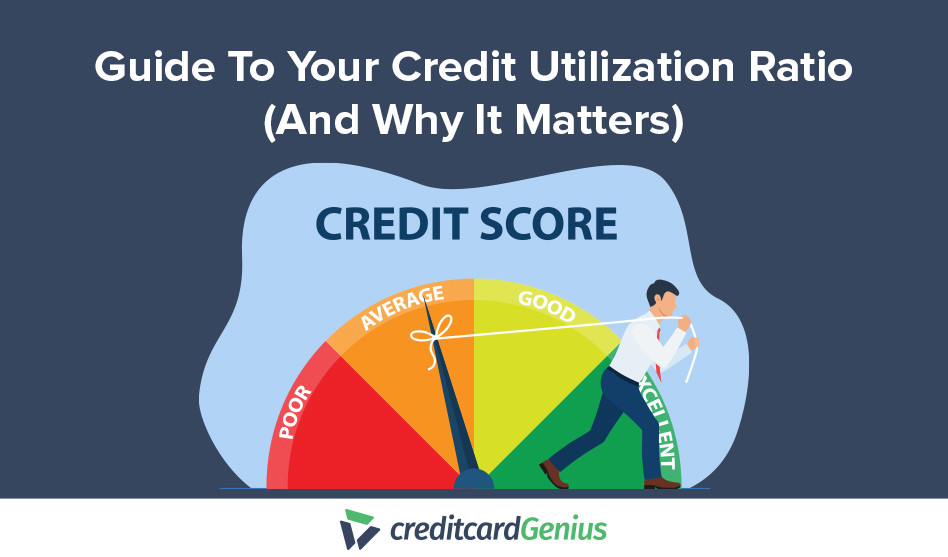

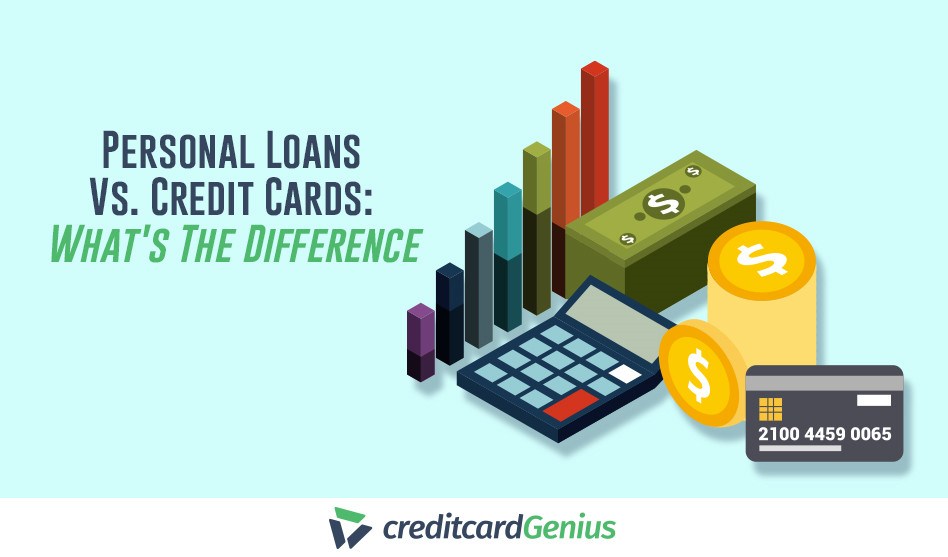



 GC:
GC: 
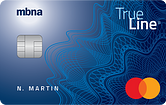
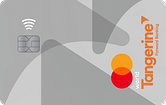
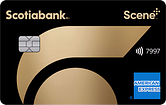
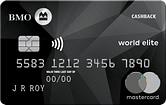
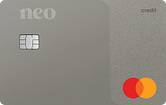
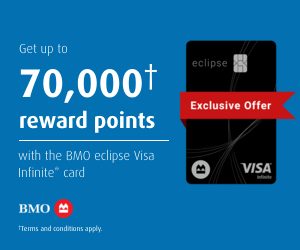








.png)




















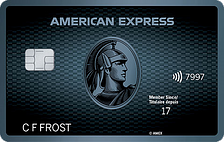
 $100 GeniusCash + Earn up to 15,000 Welcome Bonus Membership Rewards® Points.*
$100 GeniusCash + Earn up to 15,000 Welcome Bonus Membership Rewards® Points.*
Comments
Leave a comment
Required fields are marked with *. Your email address will not be published.